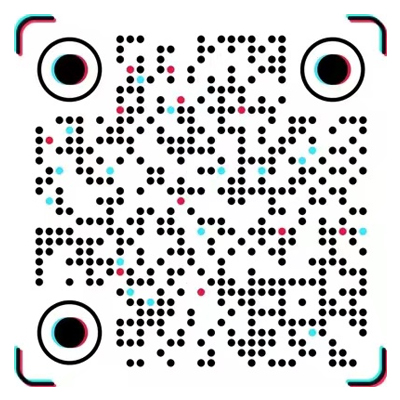Shenzhen CloudChuangda Industrial Equipment Co., Ltd.
Phone: Ms. Xu +86 135 1001 4068
Email: 776525942@qq.com
Address: Building 101, No. 154 Langsha Road, Second Industrial Zone, Langxia Community, Songgang Subdistrict, Bao'an District, Shenzhen
Production Address: Building 4, Songhu·Hongxing Intelligent Manufacturing Park, No. 221-3 Jiaoyu Road, Dalingshan Town, Dongguan
- Technical Support
- Current Location: Home >>About Us >>News & Updates >>Technical Support
Water stain residue is a common problem in the use of precision cleaning equipment, particularly when cleaning high-precision components. These residues not only affect the appearance of the workpieces but can also lead to corrosion or contamination, thereby reducing the product's performance and lifespan.
Problem Analysis:
1. Poor Rinse Solution Quality: Rinsing is a crucial step in removing residual cleaning agents and contaminants. If the rinse solution is of insufficient purity or has high water hardness, it can leave water stains on the surface of the workpieces. Additionally, residual cleaning agents in the rinse solution may dry and leave marks.
2. Incomplete Drying Process: If the drying phase after cleaning is not properly managed, such as having insufficient drying temperature, inadequate drying time, or poor air circulation, moisture may not fully evaporate, resulting in water stains on the workpiece surface.
3. Design Flaws in Cleaning Equipment: Some cleaning equipment designs may not ensure uniform removal of moisture from the workpiece surface, especially for complex or smooth surfaces, leading to water stain residue.
Solution:
1. Improve Rinse Solution Quality: Use higher purity rinse solutions, avoid sources of water with high hardness, and consider deionized water or other treatment methods to reduce hardness. Regularly change the rinse solution to prevent the accumulation of contaminants and reduce water stain formation.
2. Optimize Drying Process: Adjust drying temperature and time based on the material and structure of the workpieces to ensure complete evaporation of moisture. For workpieces with complex shapes or large surface areas, consider using circulating hot air or vacuum drying to improve drying efficiency and prevent water stains.
3. Enhance Equipment Design: For workpieces prone to water stain residue, optimize the spray system and drying chamber design to ensure uniform and rapid moisture removal from the surface. If necessary, incorporate auxiliary drying equipment, such as blow-off systems, to further reduce the risk of water stain residue.
These improvements can effectively reduce the occurrence of water stain residue in precision cleaning line, ensuring flawless workpiece surfaces, enhancing overall product quality, and boosting market competitiveness.








